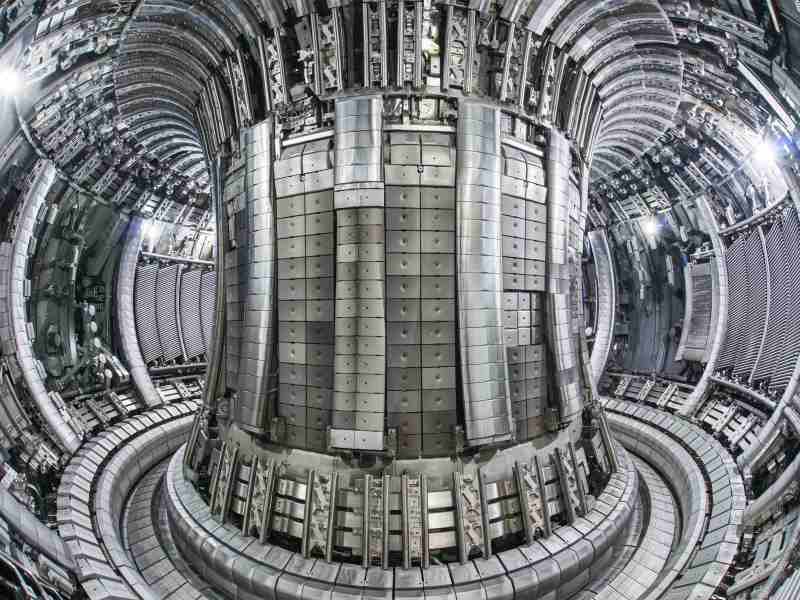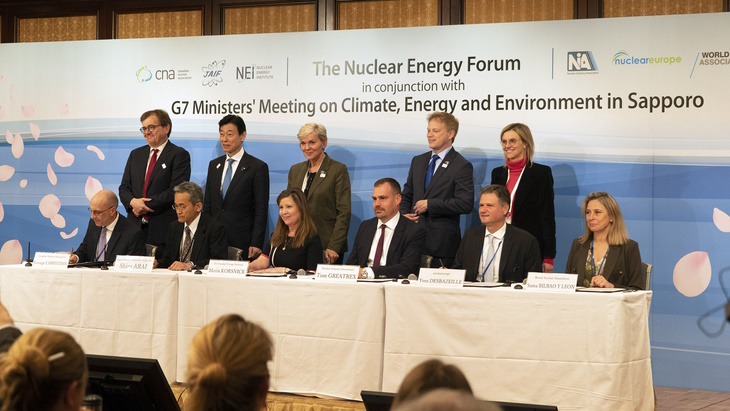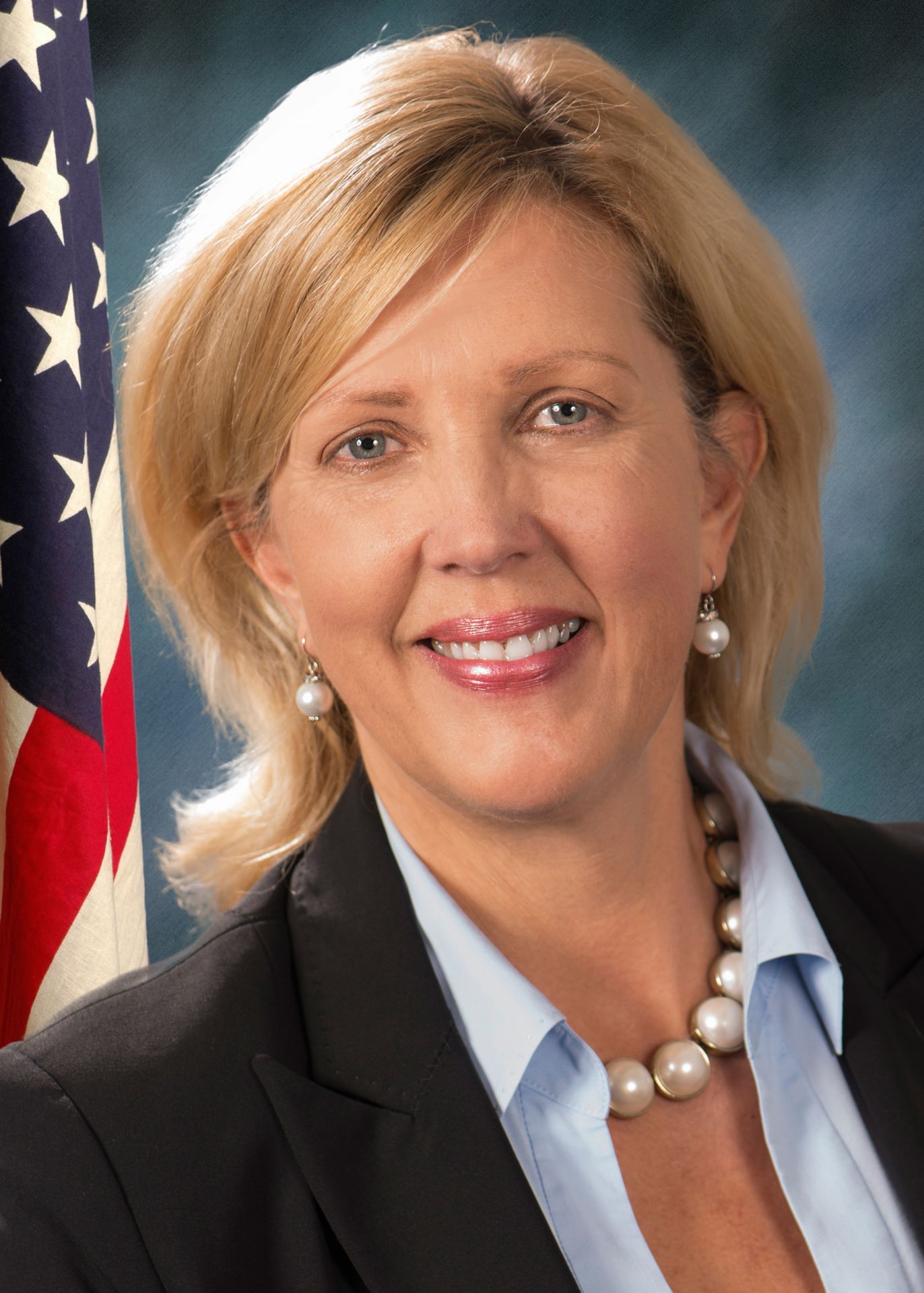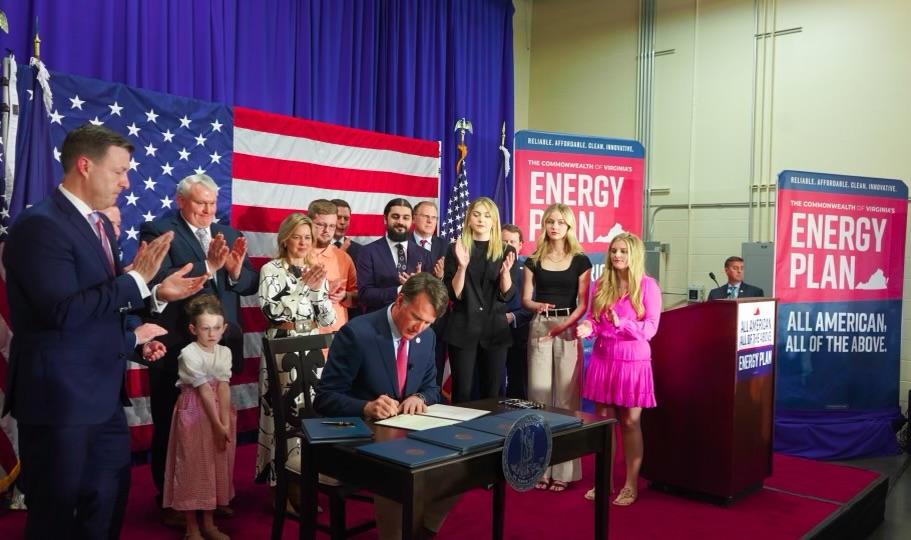 Interior of the JET tokamak, credit: EUROFusion
Interior of the JET tokamak, credit: EUROFusion
UK fusion company Tokamak Energy has signed a framework agreement with the UK Atomic Energy Authority (UKAEA) to collaborate on developing spherical tokamaks.
The five year agreement will see the companies share staff, equipment and facilities in an effort to develop new fusion technologies, with a specific focus on materials development and testing, power generation, fuel cycle, diagnostics and remote handling.
Chris Kelsall, CEO Tokamak Energy, said: “Tokamak Energy and UKAEA jointly recognise the importance of collaboration to accelerate the delivery of commercial fusion. We welcome the opportunity to progress knowledge, skill sharing and joint development opportunities with UKAEA, further boosting the UK’s world leading fusion cluster.”
Professor Ian Chapman, UKAEA CEO, said: “This new agreement with Tokamak Energy will benefit both organisations and help advance our collective ambitions, because together we are stronger. Fusion presents an exciting opportunity for the UK and we’re proud our ground-breaking work here continues to drive innovation and progress as part of a thriving cluster.”
Both organisations have operational spherical tokamak devices, with Tokamak Energy’s ST40 recently achieving a plasma temperature of 100 million degrees Celsius, the threshold required for commercial fusion energy.
Tokamak Energy will soon be unveiling its next device, a high field spherical tokamak to demonstrate the full potential of high temperature superconducting (HTS) magnets, due to be commissioned in the mid-2020s.
It will also demonstrate multiple advanced technologies required for fusion energy and inform the design of the company’s first commercial fusion power pilot plant, which will demonstrate the capability to deliver net electricity to the grid.
UKAEA’s MAST Upgrade experiment has helped pave the way for the development of its ambitious STEP (Spherical Tokamak for Energy Production) programme, which aims to design and build a prototype fusion powerplant capable of producing net electricity.
The STEP prototype powerplant will be designed and constructed at West Burton, Nottinghamshire, to demonstrate the ability to put net electricity on the grid.





